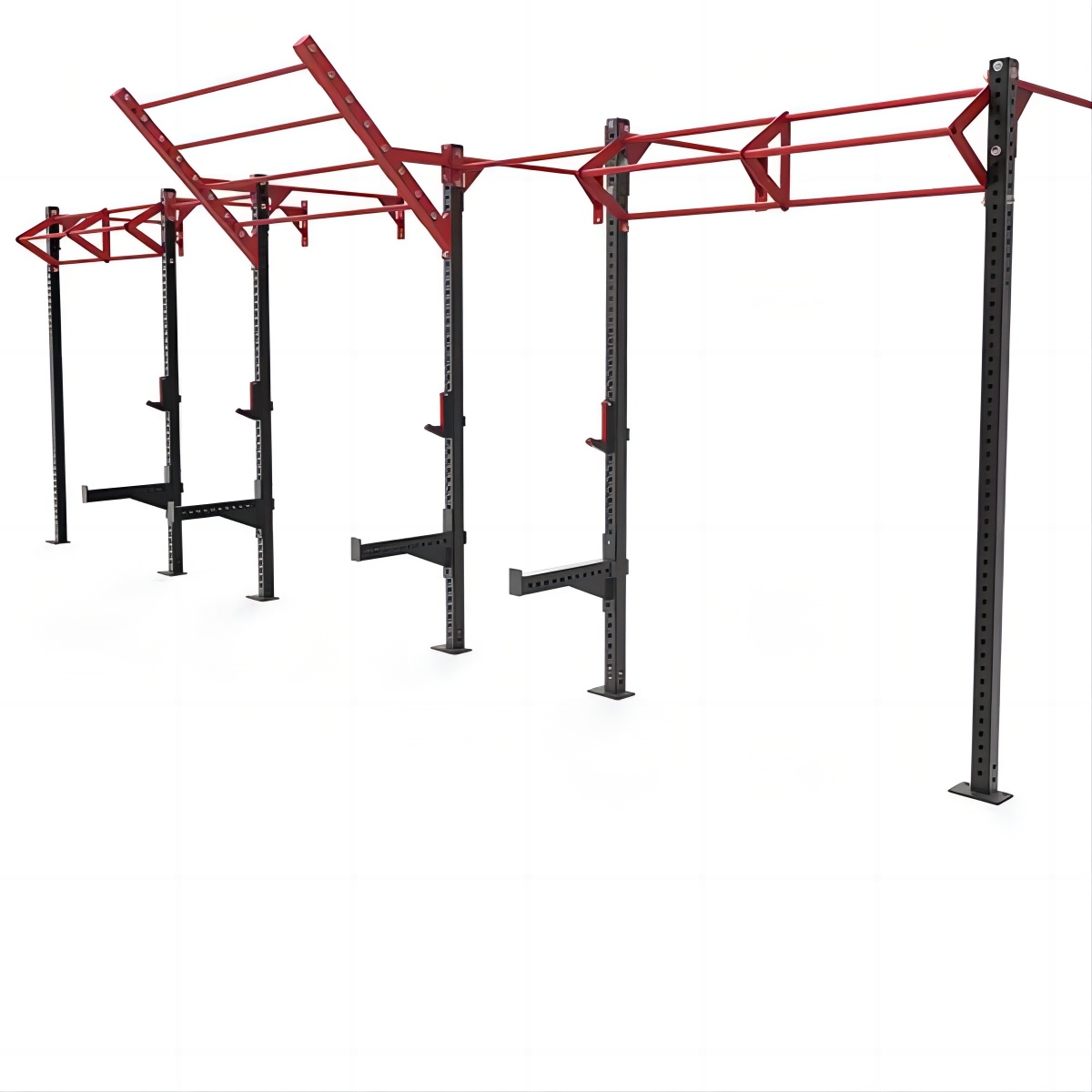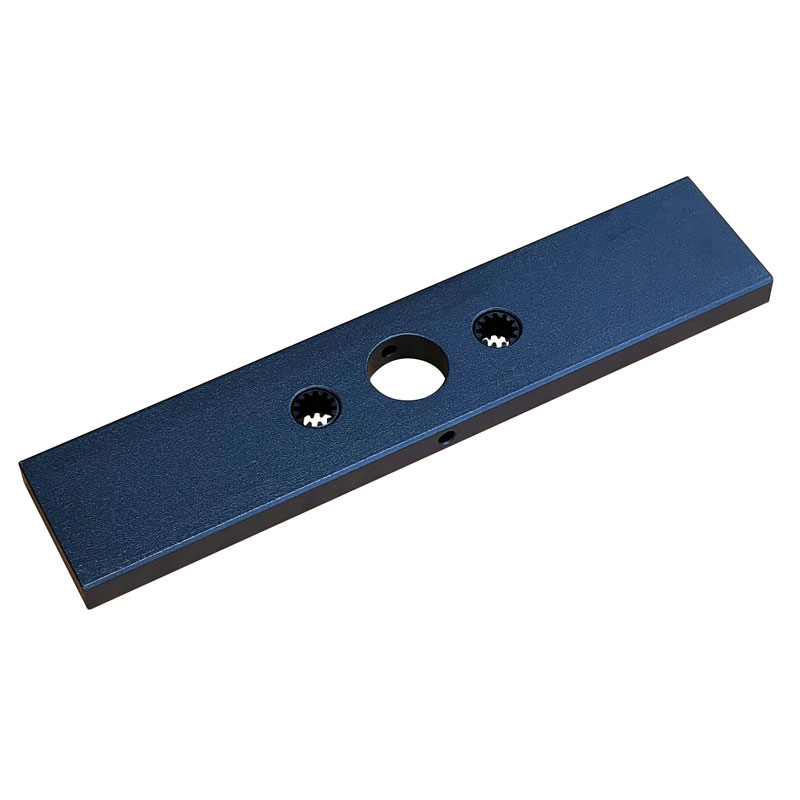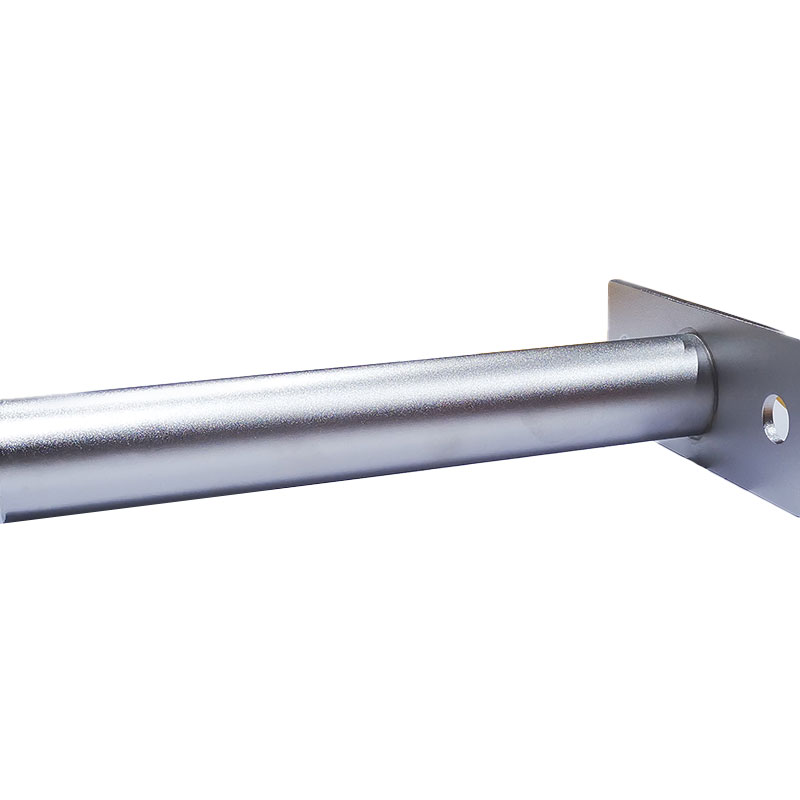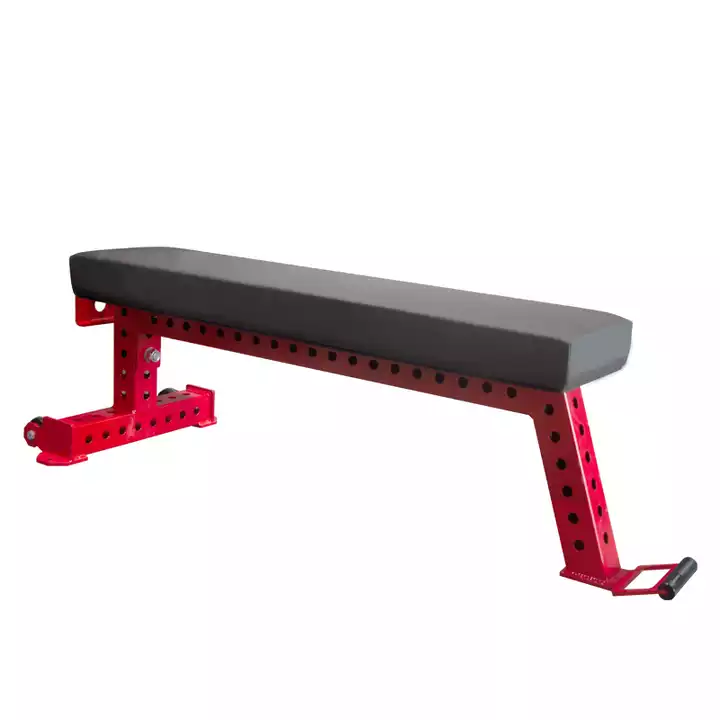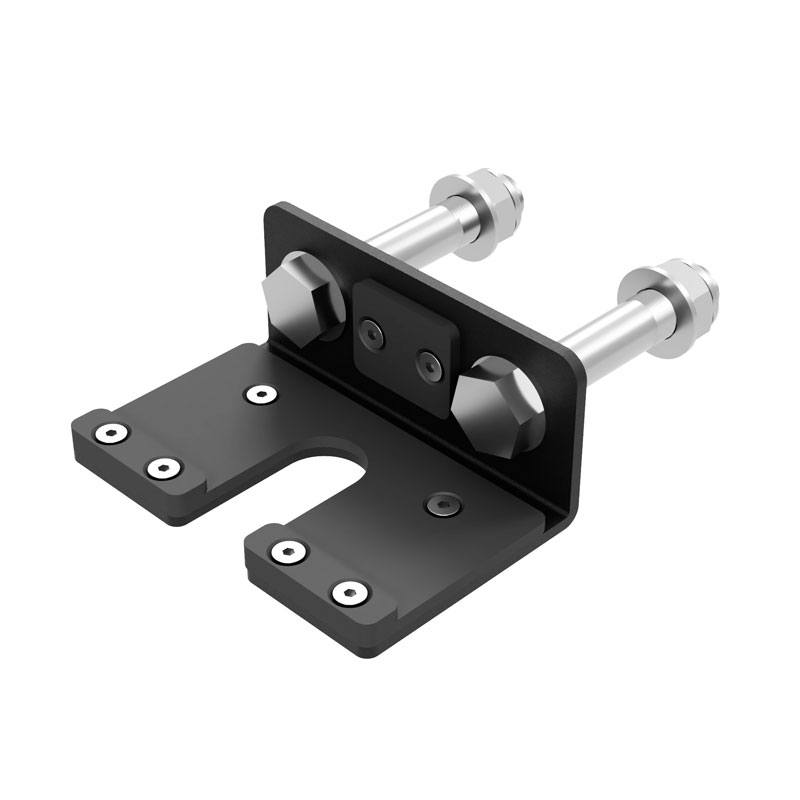Adjustable Bench for Chest Gains
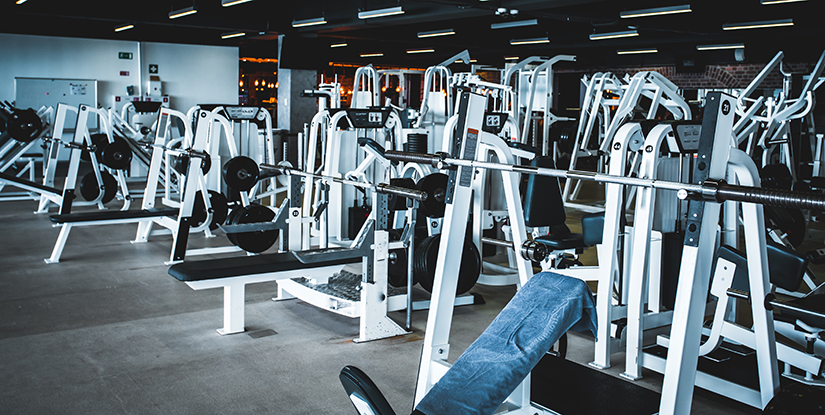
Types of Adjustable Benches for Chest Gains
Adjustable benches come in various designs, each with its unique advantages for chest exercises.
- Flat Benches: These benches lie parallel to the ground, providing a stable base for flat bench press and other exercises. They allow for optimal chest isolation and heavy weightlifting.
- Incline Benches: Incline benches elevate the back of the bench, creating an angle between the torso and the ground. This position targets the upper chest effectively and can help develop the clavicular head.
- Decline Benches: Decline benches angle the back downward, allowing for variations that build chest thickness and strength. They focus on the lower chest and can improve overall chest development.
- Multi-Angle Benches: These benches provide adjustable angles, ranging from flat to incline or decline, offering versatility for different chest exercises and muscle development.
Benefits of Using an Adjustable Bench
Incorporating an adjustable bench into your chest workout routine provides numerous advantages:
- Muscle Targeting: Adjustable benches allow you to perform exercises that target specific areas of the chest, enabling well-rounded chest development.
- Variation and Progression: By adjusting bench angles, you can introduce variety into your workouts and gradually increase the challenge to foster continued growth.
- Flexibility and Versatility: Adjustable benches accommodate a wide range of exercises, including barbell presses, dumbbell presses, and bodyweight movements.
- Injury Prevention: Proper bench setup and form can reduce the risk of injuries, especially in the shoulders and elbows, by ensuring correct alignment and biomechanics.
- Convenience and Space Saving: Adjustable benches offer a compact and convenient solution for home gyms and limited spaces, allowing you to perform a comprehensive chest workout in one place.
Optimal Bench Angle for Chest Exercises
The optimal bench angle for chest exercises depends on your specific goals and preferences.
- Flat Bench Press: A flat bench (0 degrees incline) is ideal for building overall chest mass and targeting the pectoralis major.
- Incline Bench Press: Incline angles between 15 and 30 degrees shift the emphasis to the upper chest, working the clavicular head and anterior deltoids.
- Decline Bench Press: Decline angles between 15 and 30 degrees target the lower chest, helping develop thickness and strength.
Barbell Exercises for Chest Gains on an Adjustable Bench
Barbell Bench Press
- Lie on a flat bench with your feet flat on the floor and your eyes under the bar.
- Grip the bar slightly wider than shoulder-width and unrack it, holding it over your chest.
- Slowly lower the bar to your chest, touching it lightly.
- Push the bar back up to the starting position.
Incline Barbell Bench Press
- Set the bench to an incline angle and follow the same steps as the flat bench press.
- Focus on keeping your chest and shoulders engaged throughout the movement.
Decline Barbell Bench Press
- Set the bench to a decline angle and follow the same steps as the flat bench press.
- Emphasize driving up through your chest and extending your arms.
Dumbbell Exercises for Chest Gains on an Adjustable Bench
Dumbbell Bench Press
- Lie on a flat bench with your feet flat on the floor and your eyes aligned with the dumbbells.
- Hold a dumbbell in each hand at shoulder height and lower them towards your chest.
- Press the dumbbells back up to the starting position.
Incline Dumbbell Bench Press
- Set the bench to a decline angle and follow the same steps as the dumbbell bench press.
- Focus on driving through the chest as you press the dumbbells back up to the starting position.
Key Tips for Effective Chest Workouts with an Adjustable Bench
- Proper Form: Always ensure that your feet are flat on the ground and your back is fully supported on the bench. Keep a neutral wrist position and maintain control over the weights.
- Mind-Muscle Connection: Focus on contracting your chest muscles as you press the weights, rather than just moving the weight up and down. This helps maximize muscle activation.
- Gradual Progression: Start with manageable weights and progressively increase the load to avoid injury and ensure continued muscle growth.
- Rest and Recovery: Allow your muscles time to recover between workouts to prevent overtraining and support optimal muscle growth.
Conclusion
Incorporating an adjustable bench into your chest workout routine is a game-changer. It allows you to target different areas of your chest with precision, increasing your chances of muscle growth and strength. By following proper form, focusing on the mind-muscle connection, and gradually progressing, you'll be on your way to achieving your chest goals.
If you're ready to take your chest workouts to the next level, consider investing in a high-quality adjustable bench like those offered by Leadman Fitness. With their superior design and durability, you'll be able to perform a wide variety of chest exercises and maximize your results.

